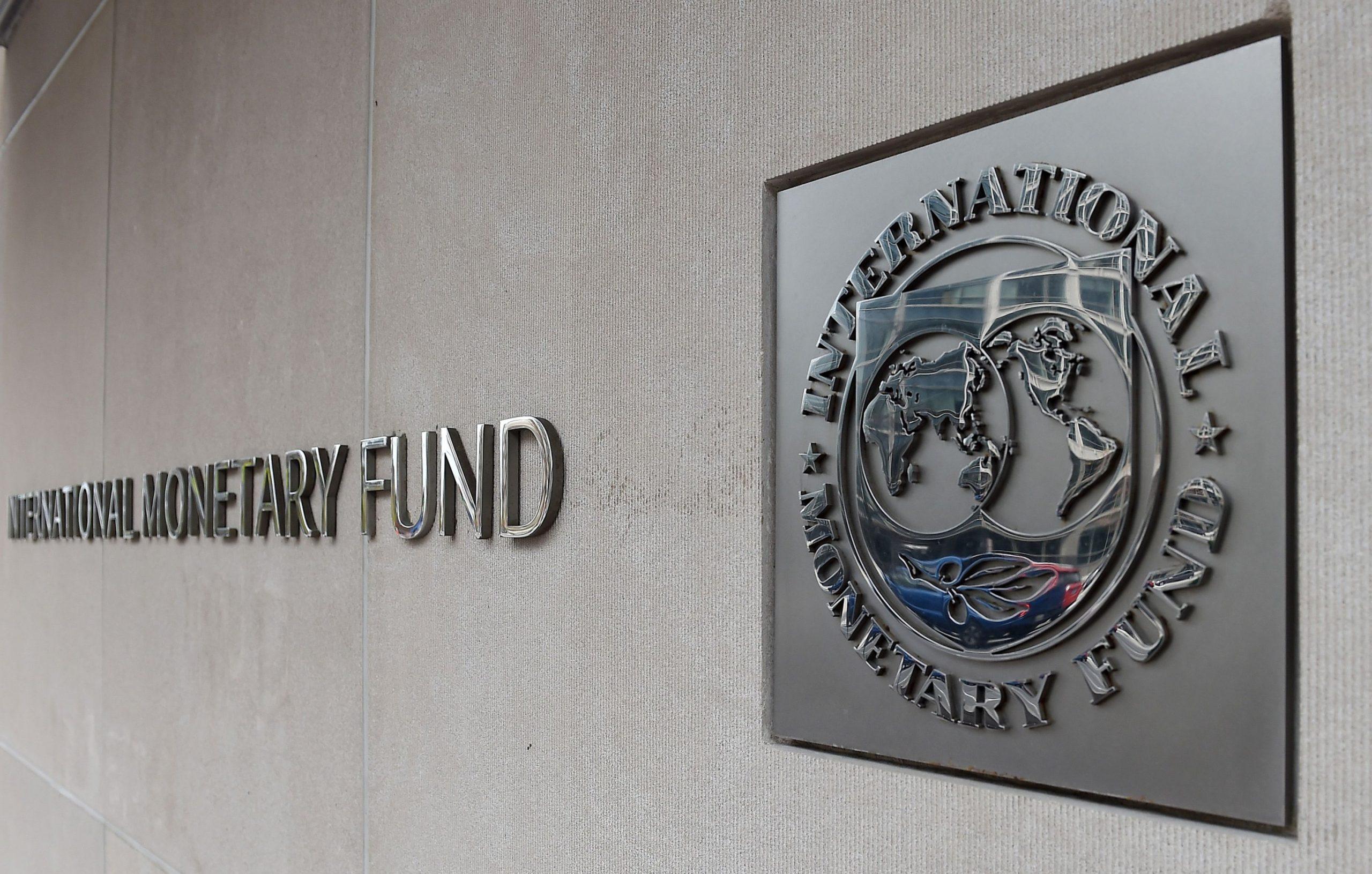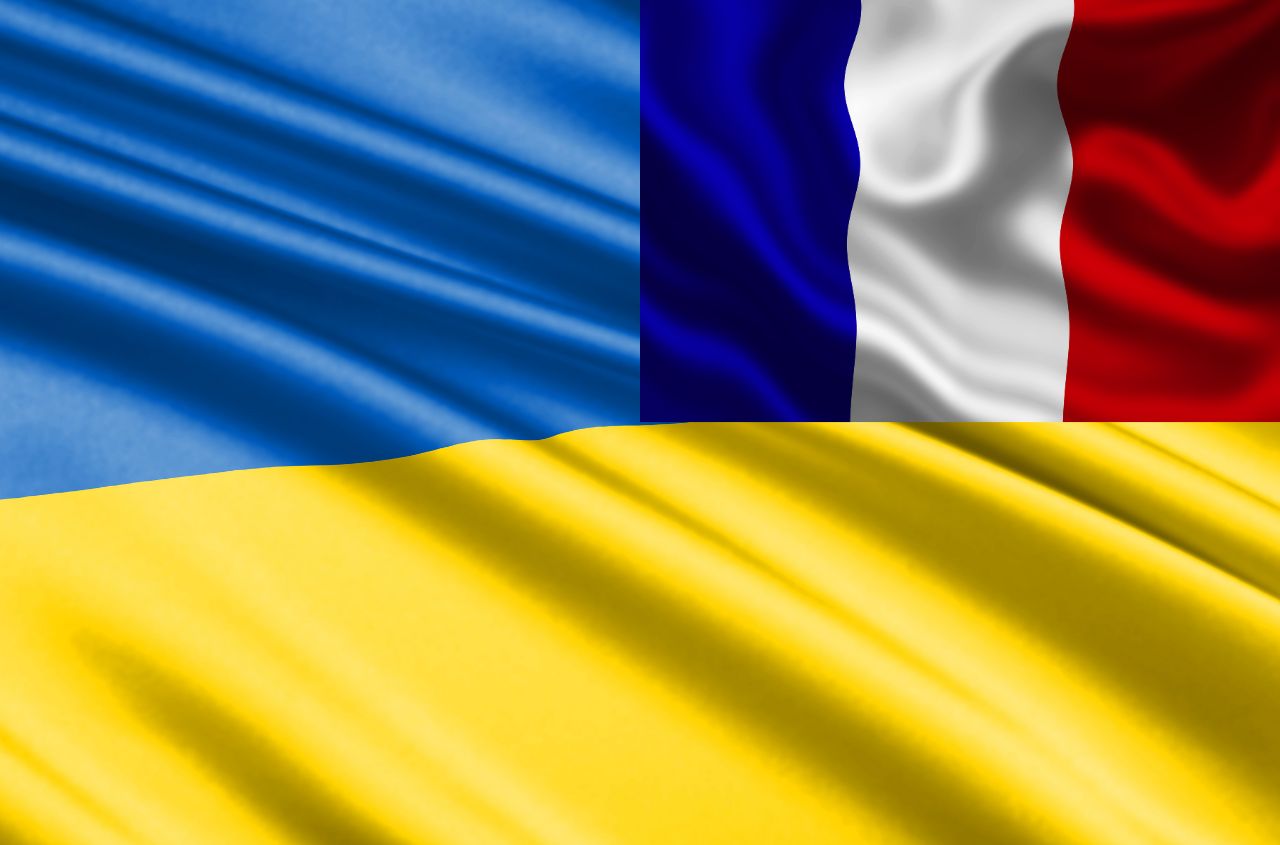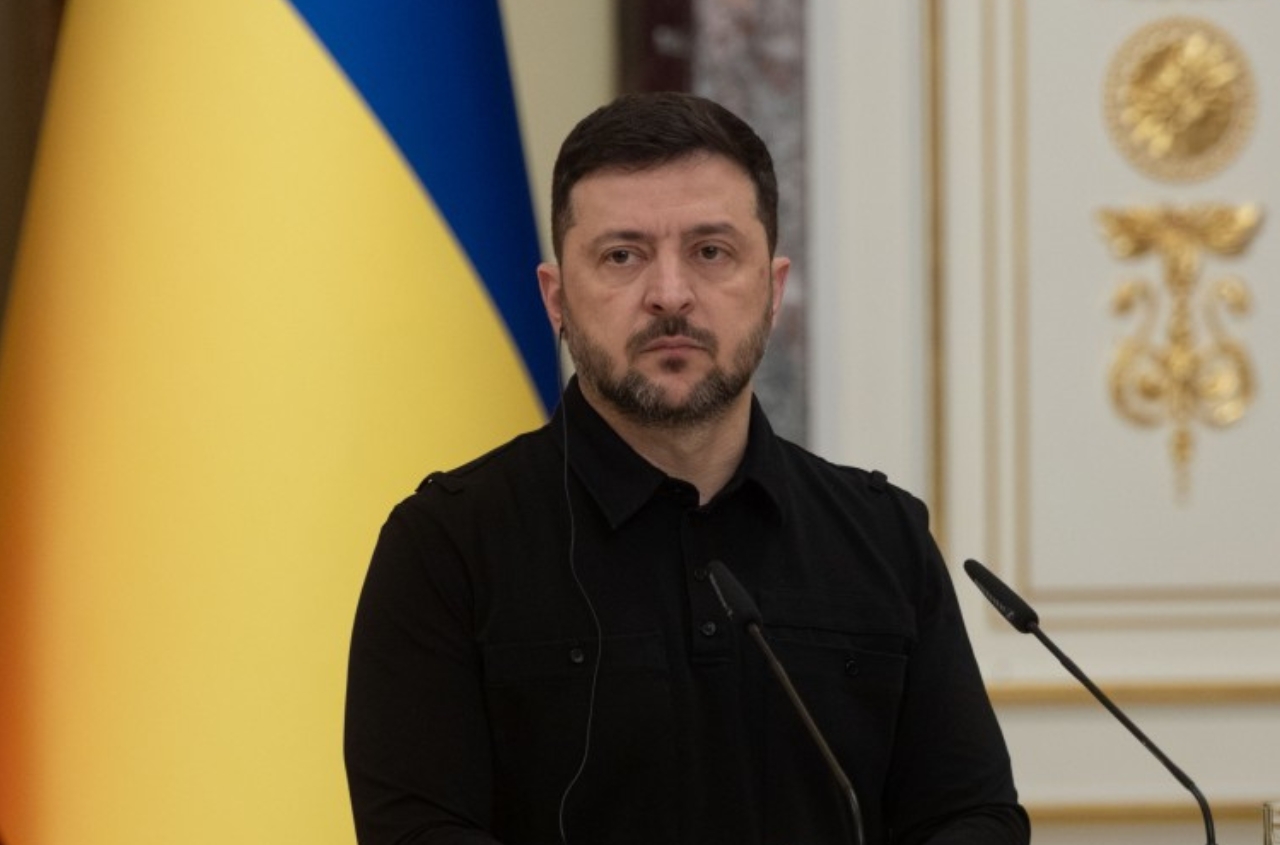On September 3, Ukraine celebrates the 30th anniversary of its membership in the International Monetary Fund. Since 1992, the IMF has systematically supported Ukraine to ensure sustainable development and sustainable response to challenges.
About USD 37 billion of financial support within the framework of 13 cooperation programs and the implementation of numerous structural reforms in the areas of monetary and fiscal policy, bank, judicial and tax policy, customs, public administration, the fight against corruption, the land market and medicine - these are the results of a long-term coordinated cooperation of Ukraine with the Fund.
During the first 20 years of the partnership, Ukraine received about USD 18.26 billion in financial assistance to reduce the deficit of the balance of payments, support the exchange rate of the national currency, and replenish foreign exchange reserves. The foundation of a strong financial system of the country was laid.
After 2014, the start of russia's war against Ukraine and the conscious choice of Ukrainians to be side by side with the civilized world, cooperation with the IMF reached a new level. The Fund demonstrated leadership in supporting the Ukrainian people and became a stabilizing factor, preventing the country's financial system from collapsing.
During every crisis in Ukraine, the IMF supported us. When the global financial crisis shook the whole world in 2008, the Fund provided a record loan for Ukraine at the time of USD 10.6 billion (SDR 7 billion). After the occupation of Crimea and the start of the war in the east of the country, Ukraine received two tranches with a total amount of USD 4.6 billion (SDR 2.97 billion). Subsequently, they approved the Extended Fund Facility, under which USD 8.7 billion (SDR 6.15 billion) was received. Under this program, Ukraine received the maximum number of tranches – four, and the first tranche was the largest ever in the amount of approximately USD 5 billion (SDR 3.55 billion).
Today, when Ukraine is fighting for democratic values, freedom of choice and the right to live on its land, the Fund once again demonstrates unwavering support for Ukrainians. In March, the Executive Directors of the Fund voted to provide our country with funds within the framework of the Rapid Financing Instrument in the amount of USD 1.4 billion. Financial aid was a significant contribution to mitigating the economic consequences of the invasion.
6 months of war, predicted -35% of GDP, more than 6 million refugees abroad, destroyed infrastructure and enterprises - the financial system of Ukraine continues to function fully. This became possible thanks to the built strong foundation of financial policy and state institutions. In particular, due to the financial support of the IMF in combination with the implementation of structural reforms in close cooperation during recent years.
Since 2015, a number of financial sector reform measures have been implemented with the support of the Fund. These steps helped to deal with the consequences of the crisis in 2014 and help maintain macro-financial stability during a full-scale war. The financial sector was cleaned of unsustainable and non-transparent institutions, mechanisms were implemented to settle problem debt, protect the rights of investors and consumers, and the system of taxation of financial sector instruments was harmonized.
Also, reforming the capital market with the support of the Fund made it possible to build a competitive government capital market in Ukraine. Before the start of a full-scale war, government bonds enjoyed considerable interest from foreign investors. During the war, thanks to the sale of military bonds, it was possible to attract more than USD 4 billion to the state budget.
However, cooperation with the IMF is not only about supporting the financial system and reforms. It is also about trust in the state. The most influential domestic and international investors are focused on the expert opinion of the IMF and their estimation of the state of the economy. The Fund's financial assistance in March 2022 had a significant impact on the mobilization of funds from other partners.
30 years of partnership were marked by effective cooperation and became an important driver of positive changes in the country.
Ukraine has a long road to recovery ahead of it, and we hope that the IMF will continue to play an important role in building Ukraine's sustainable future.
We are grateful to the International Monetary Fund for many years of cooperation and unwavering support during this historical period for our country.
Additional information
Ukraine's cooperation with the IMF in the implementation of common economic development programs in Ukraine started in October 1994. 13 common cooperation programs with the IMF were launched over 30 years of membership:
- Systemic Transformation Facility 1994. Financial assistance in the amount of SDR 498 million (USD 763 million) was provided to Ukraine to support Ukraine's budget balance.
- Stand-By Arrangement 1995, Stand-By Arrangement1996, Stand-By Arrangement1997. Ukraine received loans in the total amount of SDR 1.32 billion (USD 1.9 billion) under three annual programs. The main purpose of these loans was to support the exchange rate of the national currency and finance the deficit of Ukraine's budget balance.
- Extended Fund Facility (EFF) 1998. Ukraine received SDR 1.19 billion (USD 1.6 billion), which was aimed at replenishing the foreign exchange reserves of the National Bank of Ukraine.
- Stand-By Arrangement 2004. In 2004, the launching of the program provided an opportunity to receive a loan from the IMF in the amount of SDR 411.6 million (USD 600 million). The program was canceled in March 2005 due to the several risks of implementation, and funds were not received.
- Stand-By Arrangement 2008. Ukraine received three tranches totaling SDR 7 billion (USD 10.6 billion). Part of the second tranche in the amount of SDR 1 billion (USD 1.5 billion) and the third tranche in the amount of SDR 2.1 billion (approximately USD 3.3 billion) were fully directed to the State Budget of Ukraine.
- Stand-By Arrangement 2010. Ukraine received two tranches totaling SDR 2.25 billion (USD 3.4 billion), SDR 1.3 billion (USD 2 billion) of which was directed to the State Budget.
- Stand-By Arrangement 2014. Ukraine received two tranches totaling SDR 2.97 billion (USD 4.6 billion), SDR 1.9 billion (USD 3 billion) of which was directed to the State Budget.
- Extended Fund Facility (EFF) 2015. Ukraine received the first loan tranche in the amount of SDR 3.55 billion (approximately USD 5 billion), SDR 1.9 billion (USD 2.7 billion) of which was directed to the State Budget. The second, third, and fourth tranches totaling SDR 2.6 billion (about USD 3.7 billion) was directed to support the international reserves.
- Stand-By Arrangement 2018. Ukraine received a tranche in the amount of 1 billion SDRs (about 1.4 billion US dollars), which was used to support the international reserves.
- Stand-By Arrangement 2020. The program focused on maintaining macroeconomic and financial stability and covered such areas as fiscal policy, monetary policy, financial sector policy, energy policy, and anti-corruption policy. Ukraine received two tranches with a total amount of SDR 2 billion (USD 2.8 billion).
- Rapid Financing Instrument (RFI) 2022. On March 9, 2022, due to the military aggression of the russia against Ukraine, the IMF Executive Directors decided to provide Ukraine with funds under the Rapid Financing Instrument based on the results of consideration of Ukraine's request in the amount of SDR 1 billion (USD 1.4 billion).





















